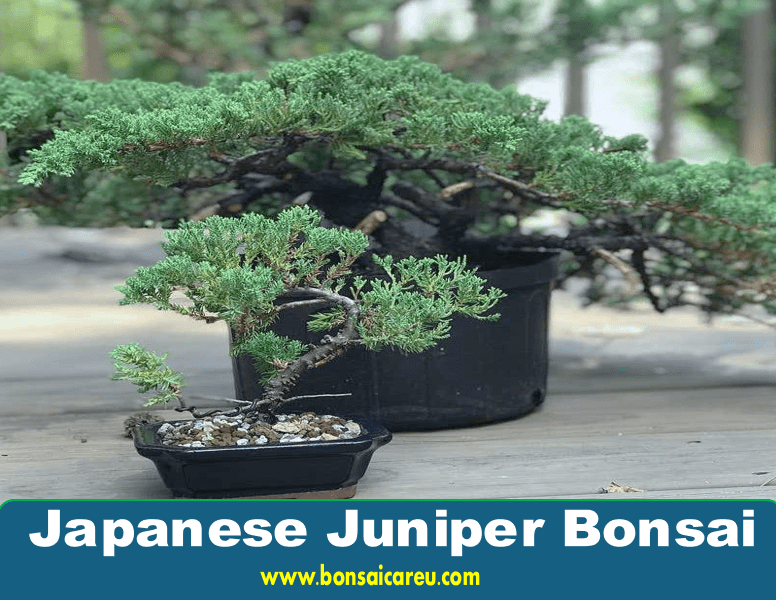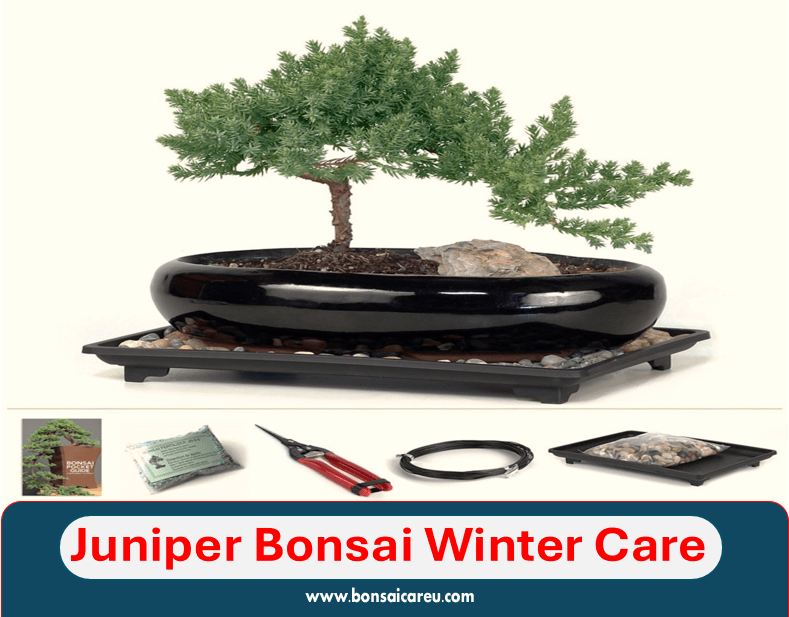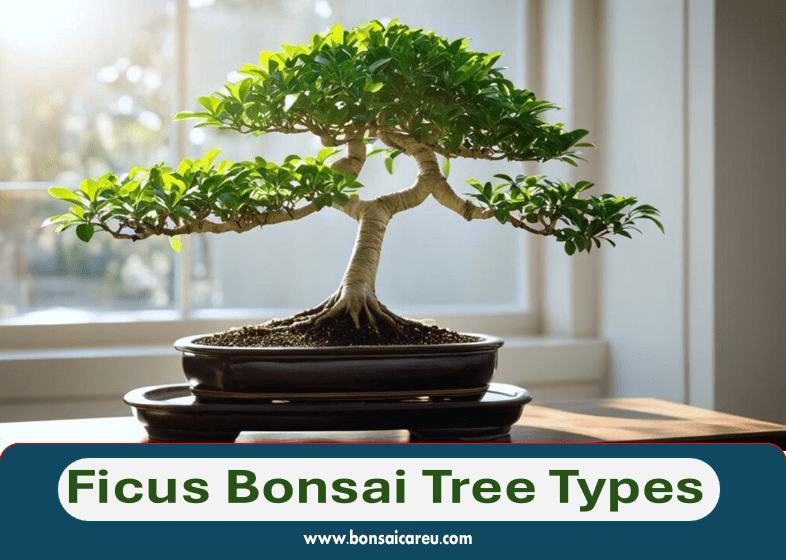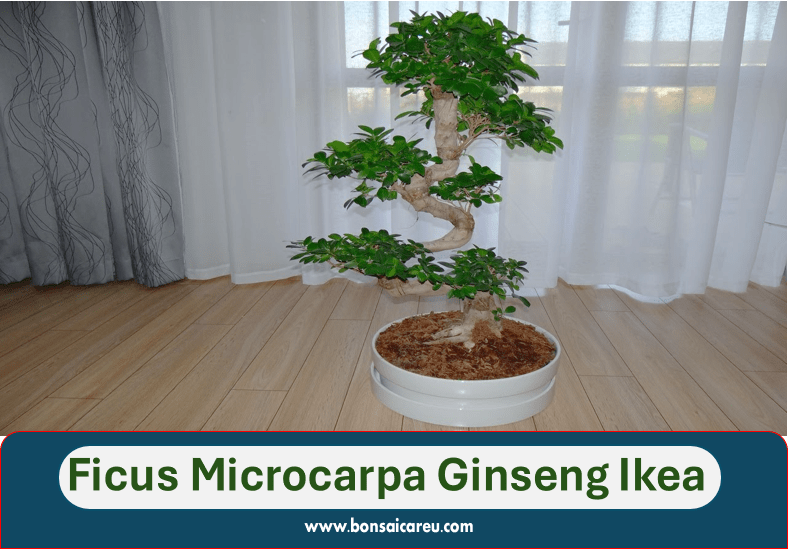Japanese Juniper Bonsai: Japanese Juniper Bonsai thrive in bright, direct sunlight for at least 6-8 hours daily. Due to their pruning adaptability and hardiness in various conditions, they are ideal for beginners.
Watering the bonsai twice daily during the growing season, from early Spring to late Fall, is crucial for its health and growth. With proper care and maintenance, these bonsai trees can flourish and bring a touch of nature into your living space.
Juniper bonsai trees are known for their unique aesthetics and symbolism in Japanese culture, making them popular among bonsai enthusiasts. Whether you’re a seasoned bonsai gardener or just starting your journey, the Japanese Juniper Bonsai is a rewarding and captivating plant to nurture and enjoy.
The Essence Of Japanese Juniper Bonsai
With its rich history and cultural significance, Japanese Juniper Bonsai embodies a deep-rooted tradition of artistry and mindfulness.
Symbolism And Aesthetics
Japanese Juniper Bonsai symbolizes harmony, balance, and tranquility in the miniature world it represents. The meticulous pruning and shaping of the tree reflect the Japanese aesthetic principle of wabi-sabi, embracing imperfection and transience.
Popular Varieties For Your Home
- Procumbens Nana: Known for its low, spreading growth habit and lush green foliage.
- Shimpaku: Recognizable by its attractive blue-green foliage and elegant appearance.
- Kishu: Featuring compact growth and vibrant green needles, ideal for bonsai enthusiasts.

Selecting Your Juniper Bonsai
Selecting your Japanese Juniper Bonsai is crucial in creating a beautiful and healthy plant. These bonsai trees thrive in direct sunlight and require consistent watering, especially during the growing season. Proper care and maintenance make your Japanese Juniper Bonsai a stunning addition to any garden or indoor space.
Selecting Your Juniper Bonsai Choosing the perfect Juniper Bonsai can be daunting, especially for beginners. There are many factors to consider, such as size, style, and where to purchase. In this section, we’ll discuss some key considerations to help you select the best Juniper Bonsai for your needs.
Size And Style Considerations
When selecting a Juniper Bonsai, size and style are two important factors. Juniper Bonsai trees come in various sizes, from small shohin bonsai to larger specimens. It’s important to choose a size that is appropriate for your space and skill level. In terms of style, there are many options, including informal upright, cascade, windswept, and more. Consider the aesthetic you want to achieve in your bonsai display and choose a style that complements it.
Where To Purchase
When purchasing your Juniper Bonsai, there are several options to consider. You can buy from a local nursery, online retailer, or private collector. Researching and choosing a reputable seller who offers healthy, high-quality trees is important. If you’re a beginner, visiting a local bonsai nursery and speaking with an expert may be helpful. They can guide you in selecting the right tree for your skill level and provide valuable tips on care and maintenance. In conclusion, selecting the perfect Juniper Bonsai requires careful consideration of size, style, and where to purchase. Take the time to research your options and choose a tree that you will enjoy for years to come.
Ideal Conditions For Thriving Bonsai
Creating the ideal environment for your Japanese Juniper Bonsai is crucial for its health and growth. Understanding the specific conditions it thrives in can ensure its flourishing.
Sunlight Needs
Juniper bonsai require bright, direct sunlight for at least six to eight hours daily. Most species are best grown outdoors, where they receive ample sunlight year-round.
Temperature And Humidity
- Moderate temperatures are ideal for Japanese Juniper Bonsai, avoiding extreme heat or cold.
- Maintain consistent humidity levels to keep the bonsai healthy and vibrant.
Daily And Seasonal Care Routines
Proper care routines are essential for maintaining the health and beauty of your Japanese Juniper Bonsai. By following a consistent watering schedule, fertilizing at the right times, and providing adequate sunlight, you can ensure the longevity of your bonsai tree. Let’s explore the key aspects of daily and seasonal care routines for your Japanese Juniper Bonsai.
Watering Techniques
When watering your Japanese Juniper Bonsai, keeping the soil slightly moist is crucial. During the growing season, from early Spring through late Fall, check the water level twice daily. Most juniper bonsai will need to be watered at least once daily, sometimes twice daily, to maintain the optimal moisture level. In winter, reduce the watering frequency to prevent waterlogging the soil.
Fertilization Schedule
Fertilizing your Japanese Juniper Bonsai is vital to ensure its healthy growth and development. During the growing season, apply a balanced liquid fertilizer every two weeks. In the dormant winter period, reduce the frequency to once a month. Ensure you use a fertilizer specifically formulated for bonsai trees to provide nutrients for your juniper bonsai’s well-being.
Pruning And Shaping Mastery
Pruning and shaping are essential skills for maintaining the health and aesthetics of Japanese Juniper Bonsai. Mastery of these techniques allows you to sculpt your bonsai into the desired form, promoting healthy growth and a visually appealing appearance.
Tools And Techniques
Using the right tools and techniques is crucial when it comes to pruning and shaping your Japanese Juniper Bonsai. The primary tools you’ll need include sharp scissors, concave cutters, and knob cutters. These tools enable precise trimming and shaping, ensuring the bonsai’s health and vitality. The techniques involved in pruning and shaping include directional pruning, thinning, and wiring. Directional pruning encourages balanced growth while thinning reduces foliage density, and wiring helps guide the branches into the desired position.
Timing And Growth Management
Timing plays a crucial role in pruning and shaping Japanese Juniper Bonsai. Pruning is typically done in the early spring or autumn to coincide with the tree’s growth cycles, allowing the bonsai to recover quickly from the pruning process. Additionally, growth management involves understanding the tree’s natural growth patterns and adjusting pruning and shaping techniques accordingly. By managing the growth of your bonsai, you can maintain its overall shape and size, creating a harmonious and well-proportioned appearance.
Common Challenges And Solutions
When caring for your Japanese Juniper Bonsai, you may encounter common health and growth challenges. It is essential to be aware of these issues and have solutions to maintain your bonsai tree’s beauty and vitality.
Pest And Disease Prevention
- Inspect your bonsai regularly for signs of pests such as spider mites or aphids.
- Ensure proper ventilation and avoid overwatering to prevent fungal diseases.
- Use organic insecticidal soap or neem oil as a natural pest control method.
- Quarantine infected plants to prevent the spread of diseases to other bonsai trees.
Troubleshooting Tips
- If you notice yellowing or browning of foliage, check the watering habits and adjust accordingly.
- Wilting leaves may indicate underwatering, while mold growth can be a sign of overwatering.
- Prune dead or diseased branches promptly to promote healthy growth and prevent further issues.
- Report your bonsai every 2-3 years to refresh the soil and prevent root-bound conditions.
Frequently Asked Questions For Japanese Juniper Bonsai
Can A Japanese Juniper Bonsai Grow Indoors?
A Japanese juniper bonsai can grow indoors with sufficient sunlight and proper care.
How To Take Care Of A Japanese Juniper Bonsai Tree?
To care for a Japanese juniper bonsai tree, place it in bright sunlight for 6-8 hours daily and water it slightly daily in the growing season. Junipers respond well to pruning and are good for beginners due to their tolerance for different conditions.
How Much Sun Does A Japanese Juniper Bonsai Need?
Japanese juniper bonsai trees need at least six to eight hours of direct sunlight daily.
Are Juniper Bonsai Good For Beginners?
Juniper bonsai are great for beginners due to their pruning adaptability and hardiness in various conditions.
What Is The Ideal Sunlight For Japanese Juniper Bonsai?
Japanese Juniper Bonsai requires bright, direct sunlight for 6-8 hours daily.
Can Japanese Juniper Bonsai Thrive Indoors?
Japanese Juniper Bonsai can grow indoors but thrive best outdoors with ample sunlight.
Conclusion
Japanese Juniper Bonsai trees thrive with proper care and maintenance. They require bright, direct sunlight and slightly moist conditions. Junipers are ideal for beginners due to their responsiveness to pruning and adaptability to various gardening conditions. With the right care, these bonsai trees can bring a touch of nature and tranquility to any space.


